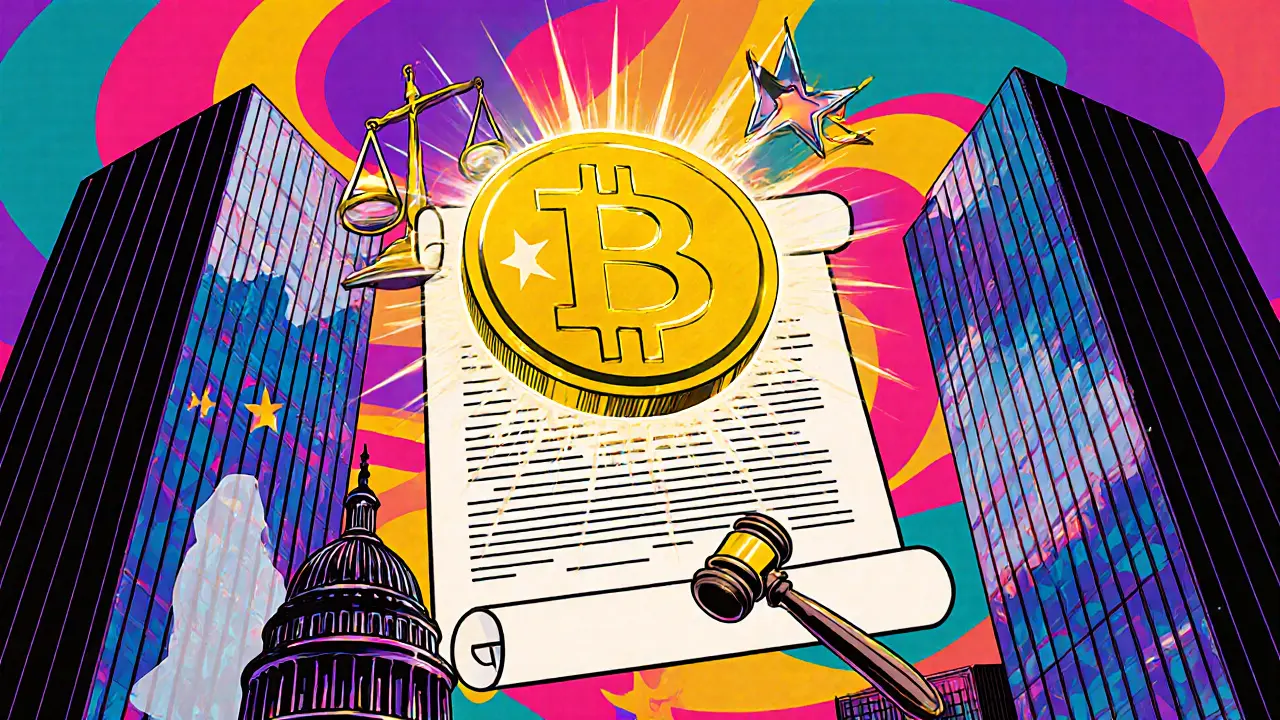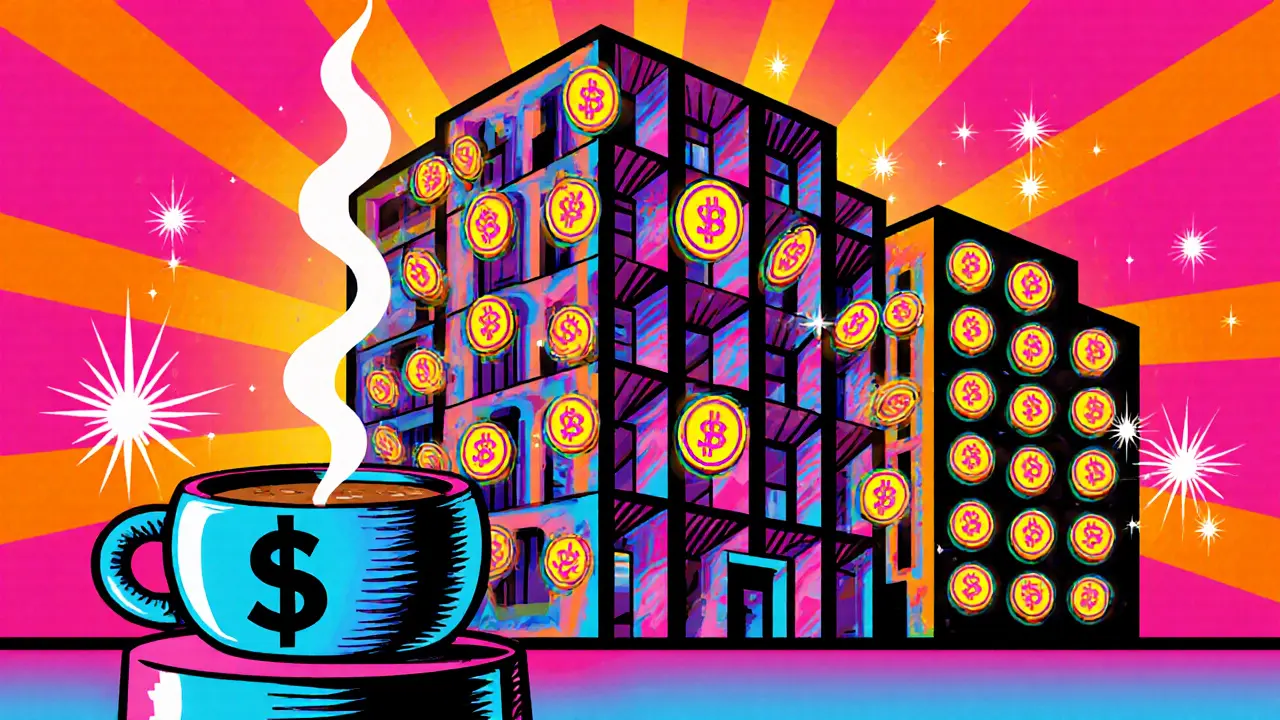Blockchain Real Estate: Why Tokenized Property Matters
When working with blockchain real estate, the practice of recording and trading property rights on a distributed ledger. Also known as property tokenization, it creates digital slices of real‑world assets that can be bought, sold, or used as collateral. This approach links directly to Tokenization, the conversion of a physical asset into a blockchain‑based token, which cuts out middlemen, cuts settlement time, and opens the market to smaller investors. Another key piece is Smart Contracts, self‑executing code that enforces the rules of ownership, payment, and transfer. Together they form the backbone of Real Estate NFTs, non‑fungible tokens that represent a unique property or a specific lease right. Think of it as the digital version of a deed that anyone can view instantly, without a clerk or a notary. The result is a more transparent, liquid market where you can own a fraction of a downtown office building or a vacation home across the globe.
Key Concepts in Blockchain Real Estate
One of the biggest draws of blockchain real estate is fractional ownership. By breaking a property into tiny tokens, investors can start with as little as $10 and still hold a legally recognized slice of the asset. This lowers the entry barrier and spreads risk across many holders. Tokens also enable rapid secondary market trading; you don’t need to wait weeks for a title search, you just click ‘sell’ and the blockchain records the new owner instantly. Because every transaction is cryptographically signed, fraud chances drop dramatically. DeFi Lending, using decentralized finance protocols to borrow against tokenized assets adds another layer of utility. Imagine locking your property tokens in a smart contract and receiving a stablecoin loan without a bank interview. This creates cash flow for owners while the underlying asset stays in place, a concept that’s reshaping how real‑world collateral works.
These ideas aren’t just theory; they’re already showing up in pilot projects across the US, Europe, and Asia. Companies are issuing tokenized apartments, commercial parcels, and even whole neighborhoods. They pair the token with detailed metadata – address, zoning, appraisal value – stored on‑chain, so buyers get a full picture before they commit. Meanwhile, regulators are carving out frameworks that treat these tokens as securities or property titles, providing legal clarity. As the ecosystem matures, expect more integration with traditional real‑estate platforms, more cross‑chain bridges for liquidity, and richer data feeds that keep token values aligned with real‑world market movements. Below you’ll find a curated set of articles that dive deeper into each of these areas, from step‑by‑step tokenization guides to case studies of real‑estate NFTs and DeFi lending strategies.
Real Estate NFT Regulations: Key Challenges and How to Navigate Them
Explore the biggest regulatory hurdles facing real estate NFTs, see how different countries treat tokenized property, and get a checklist to stay compliant and invest safely.
Real Estate Tokenization: How RWA Tokens Unlock Fractional Property Investment
Learn how Real Estate RWA Tokenization works, its benefits, risks, market outlook, and a step‑by‑step guide for investors looking to buy fractional property tokens.

